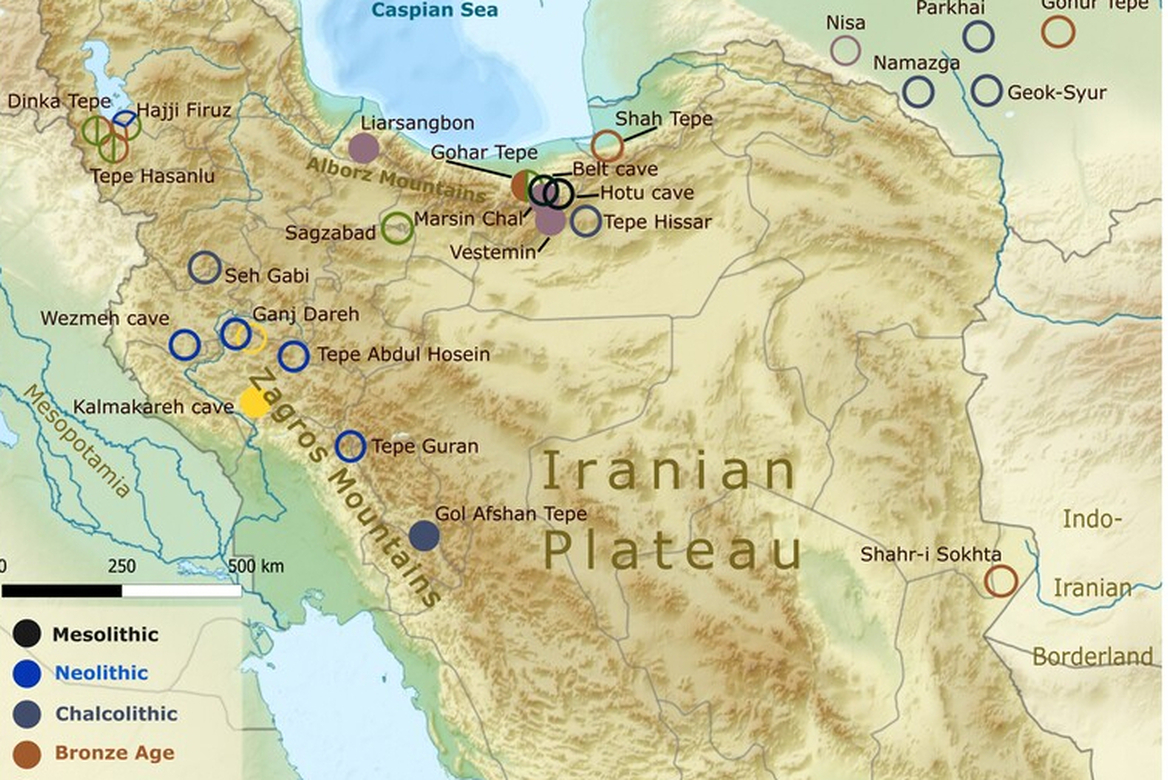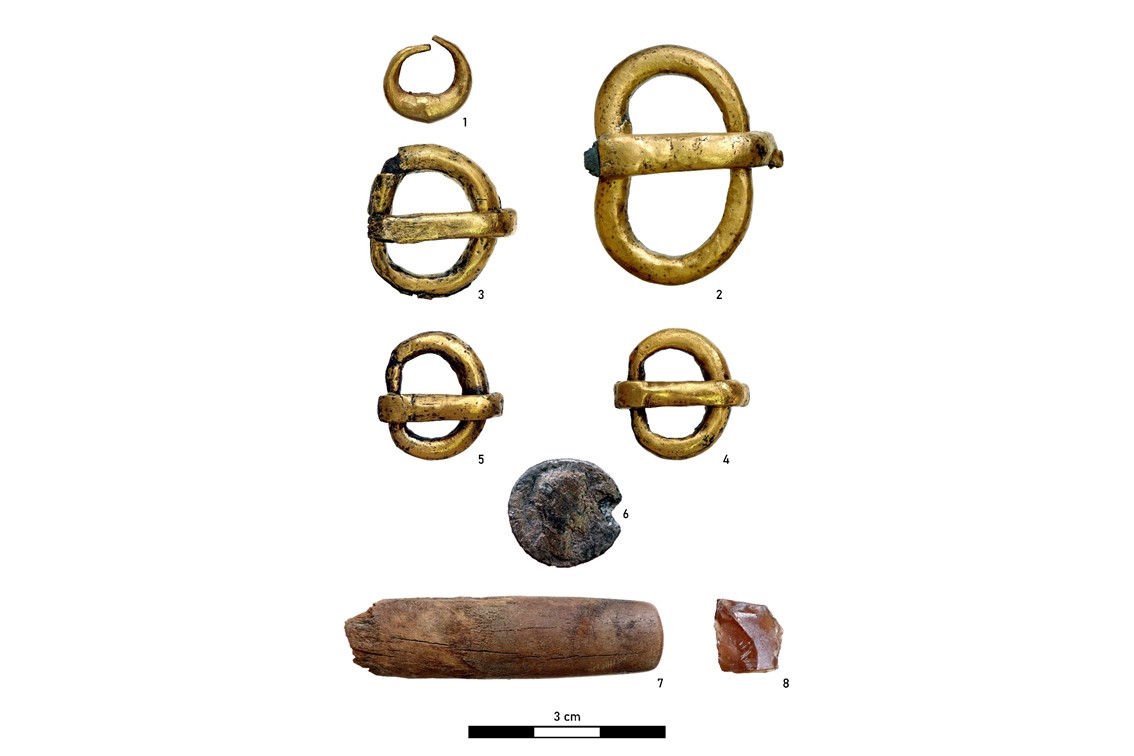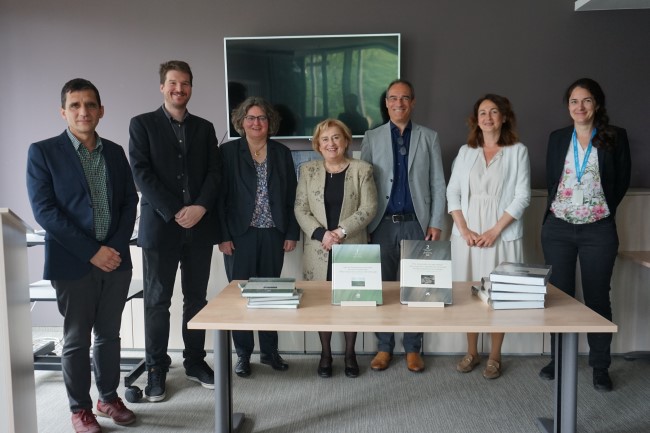
On May 13, 2025, in the framework of a joint book launch at the HUN-REN RCH Institute of Archaeology in Budapest, the first two volumes of the international monograph series Confinia et Horizontes, edited by Eszter Bánffy and Alexander Gramsch, were presented.
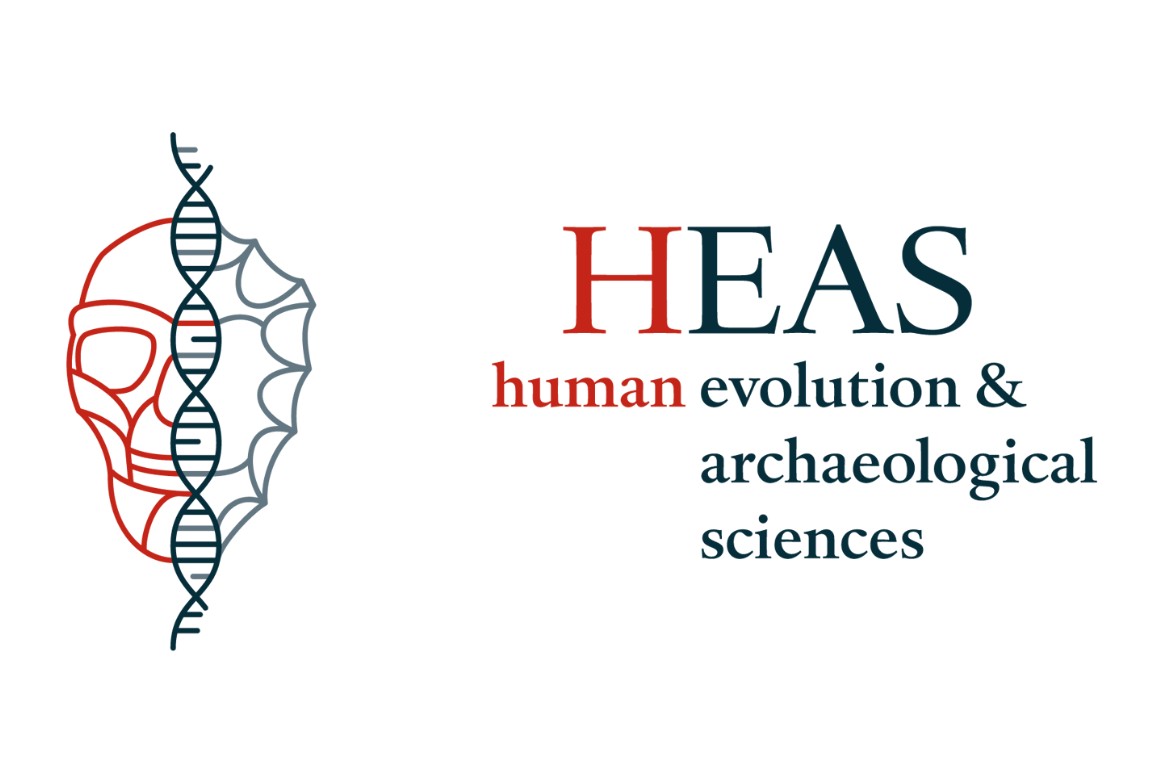
Anna Szécsényi‑Nagy will give a lecture on the morning of May 19, organized by the HEAS (Human Evolution and Archaeological Sciences) Research Network at the University of Vienna.
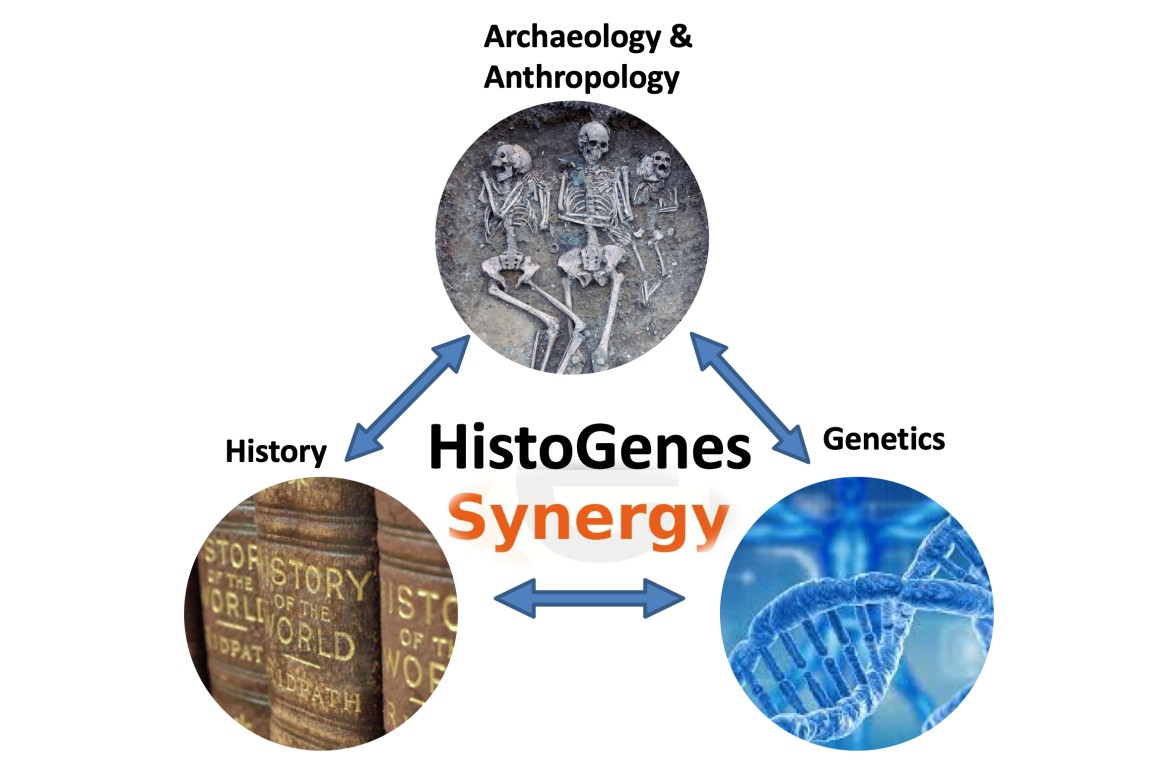
The HistoGenes ERC Synergy project held its annual plenary meeting from 14 to 17 April this year at Castle Ringberg in Bavaria. As the project nears completion, the aim of the meeting was to discuss the tasks for its final year.
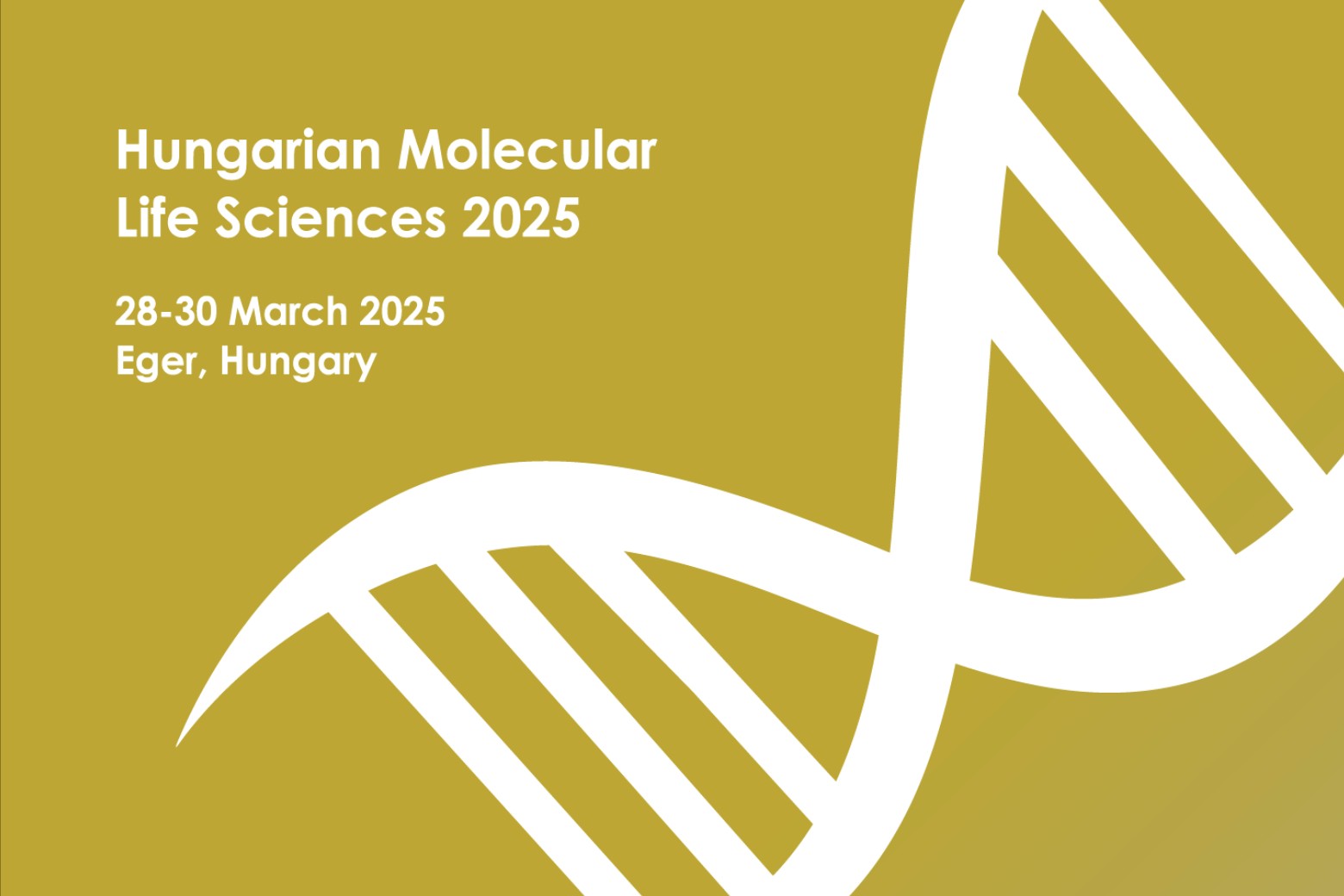
Researchers from the Institute of Archaeogenomics once again participated in the Hungarian Molecular Life Sciences international conference, held in Eger from 28 to 30 March this year.
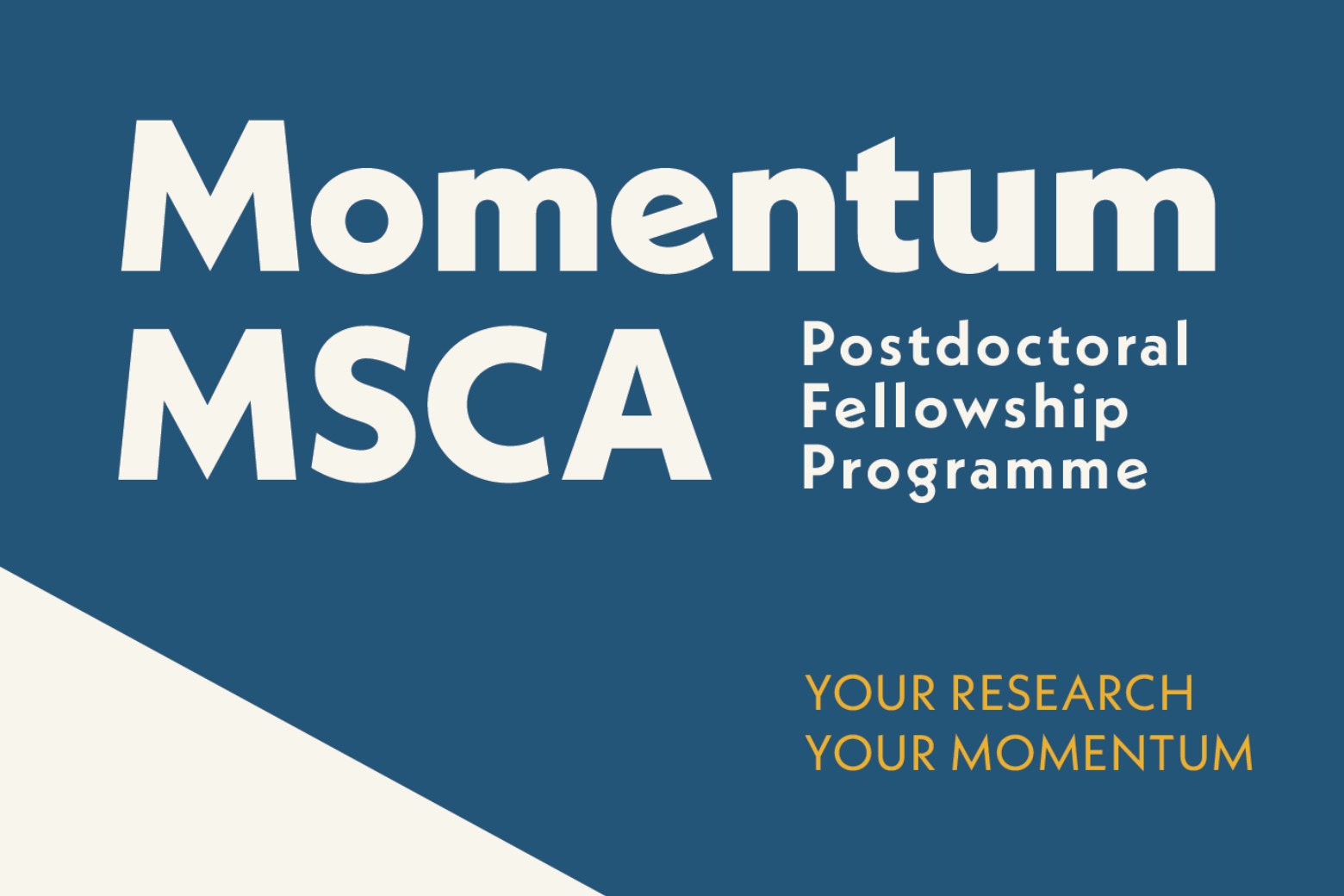
Within the framework of the Momentum MSCA Postdoctoral Fellowship Programme the "Lendület" Momentum Bioarchaeology Research Group is currently accepting applications from postdoctoral researchers of any nationality, who would like to work on a Roman period bioarchaeology project for 1–3 years in Budapest, between 2026 and 2028.
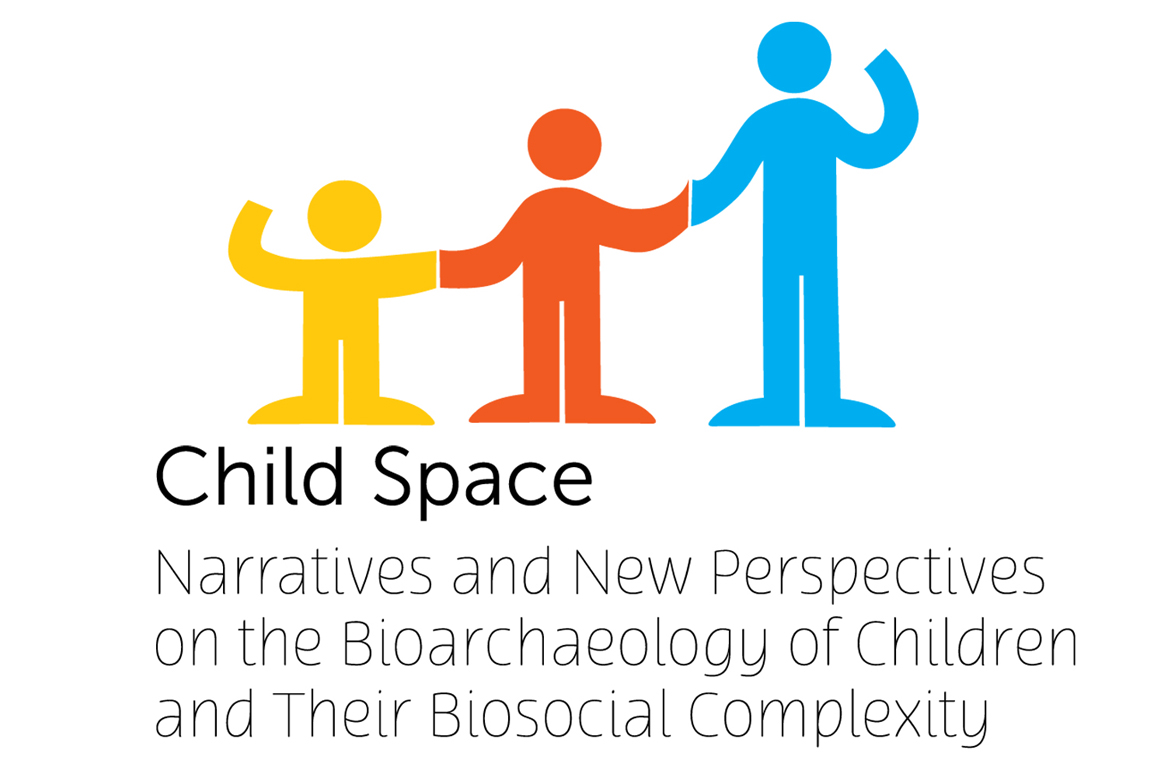
The international conference "Child Space 2025 – Narratives and New Perspectives on the Bioarchaeology of Children and Their Biosocial Complexity" will take place in Budapest, Hungary, 4–6 June 2025.
More Articles …
- Communities of Dark Times – Our Colleagues' Presentations at the Conference of the Déri Museum
- Kings, Saints, Monasteries – Traveling Exhibition at the Archabbey of Pannonhalma
- Yamnaya Antecedents: Missing Links in the History of Indo-European Languages
- A new NKFIH - STARTING research program is launching at our institute
Page 2 of 7



